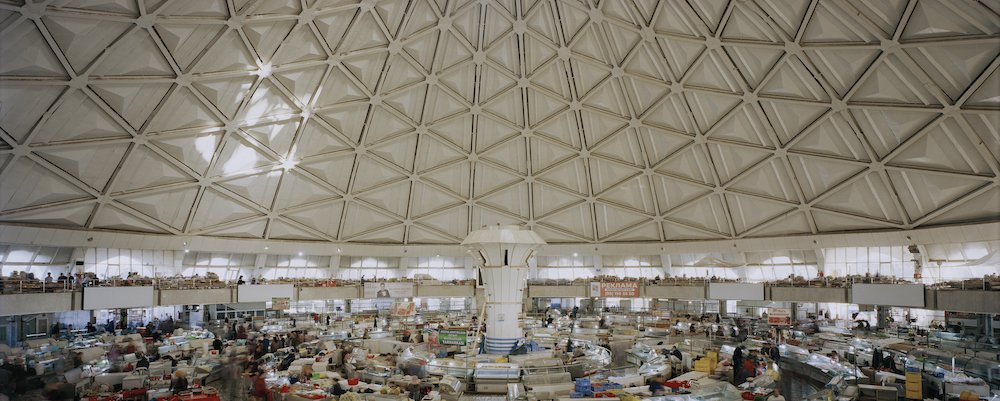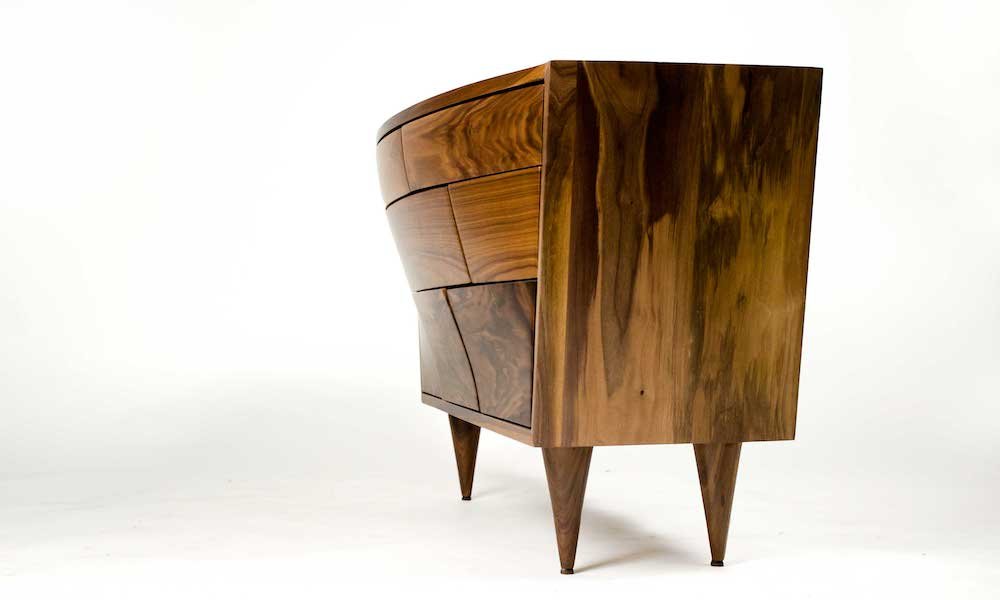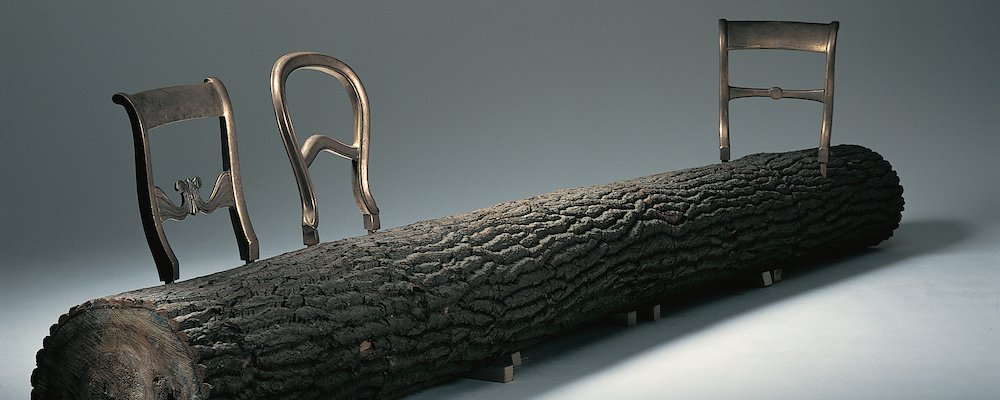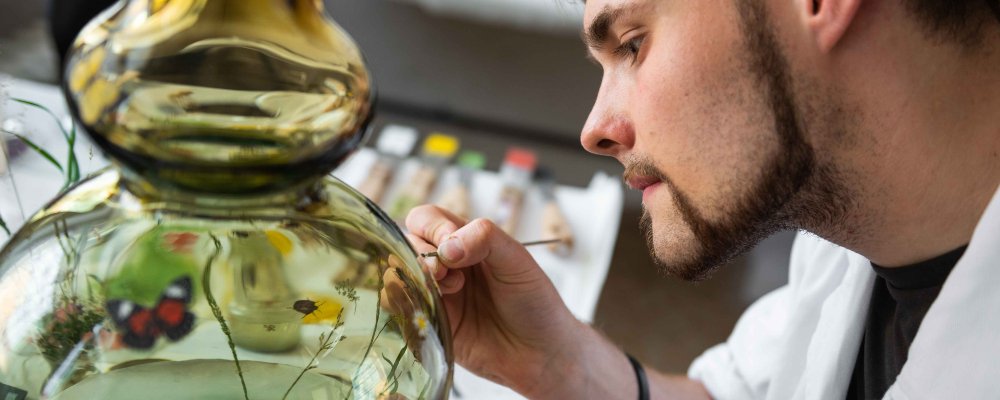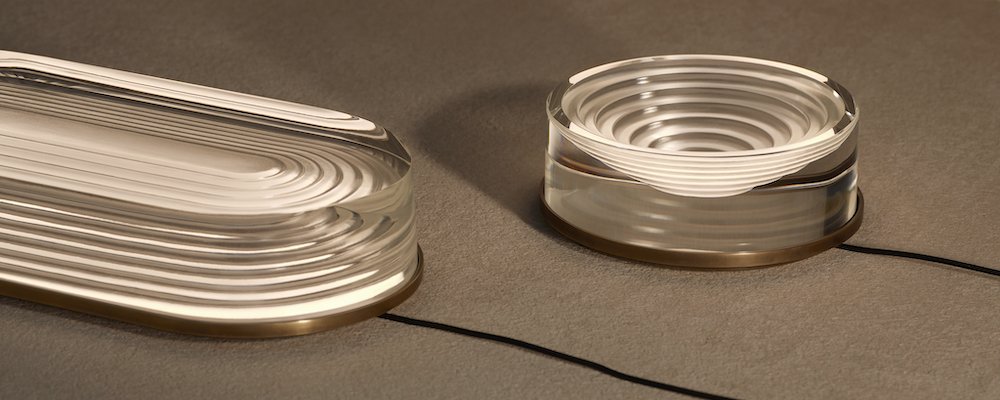#Salone - Tashkent Modernism. Index
Beside the extensive design offer in town, Tashkent Modernism. Index is an architectural exhibition at Triennale on Soviet Modernist layer of Tashkent, Uzbekistan.
Initiated and presented by the Art and Culture Development Foundation (ACDF) of Uzbekistan, Tashkent Modernism. Index is the first public presentation of Tashkent Modernism XX/XXI research project. Coordinated by Grace, it is conducted by an international team of architects, historians, and experts in preservation, including the Politecnico di Milano, Boris Chukhovich and Laboratorio Permanente, who got together to document, interpret and preserve the modernist architecture in Tashkent, Uzbekistan.
Through the images and narratives of 20 buildings the exhibition explores key themes related to architectural, social and cultural history of Tashkent and its current condition. It exposes the Soviet modernist layer of Tashkent as a unique artistic, cultural and social phenomenon capable of adequately revealing the specific character of Soviet modernisation in Central Asia.
More than just another “peripheral case” of multiple modernities or a white spot on the world map of architectural modernism of XX century, this architecture – being relevant to the global cultural scene – reflects the colonial, postcolonial and, at the same time, decolonial aspects of the Soviet social and cultural experiment. After WWII Tashkent was assigned the role of the capital of the Soviet Orient, a vitrine of socialism in the East.
Conceived by both local and Moscow architects, the distinctive quality of Tashkent modernism derives from the tension between this aspiration to embody the socialist Orient in architecture and the one that resisted it to find more subtle interpretations of the local.
The exhibition consists of two interwoven layers: photographs by Armin Linke, and archival documentation, exposing the research narratives and preservation strategies.
Armin Linke’s work poses a larger question of the nature of images. Intending to avoid the clichés formed during the last 15 years in the representation of Soviet modernism, whereby the modernist buildings are portrayed out of context, and glorified as remnants of an exotic, remote and extinguished culture, Armin Linke’s photographs aim to highlight its contemporary value, at times intrinsic and at times acquired.
Similarly to Agamben’s contemporaneity, defined as the “relationship with (own) time that adheres to it through a displacement and an anachronism”, these buildings, built between 1960s and early 1990s, are seen as powerful metaphors to reinterpret the present day Tashkent.
The archive includes fragments of research materials, analytical and preservation processes. Departing from a specific building, it articulates the key themes for understanding Soviet modernism: the relationship between the centre and the periphery; the role of institutions; typological, technological and materials experimentation; the competition between republics; the ideology, the orientalism, post-independence transformations and the contemporary condition. The archive also elucidates the repertoire of preservation strategies that have been developed specifically for Tashkent.
Talk
The public programme of Tashkent Modernism. Index expands on key topics raised by the exhibition through a series of conversations and lectures. Among these, on April 19, a public talk with Gayane Umerova, Rem Koolhaas and Jean-Louis Cohen, moderated by Ekaterina Golovatyuk, addressing the key points of the research and preservation effort.
Tashkent Modernism. Index at Triennale Milano from April 17-23.
Hero picture: Chorsu Market interior, Tashkent, Uzbekistan © Armin Linke, 2022










